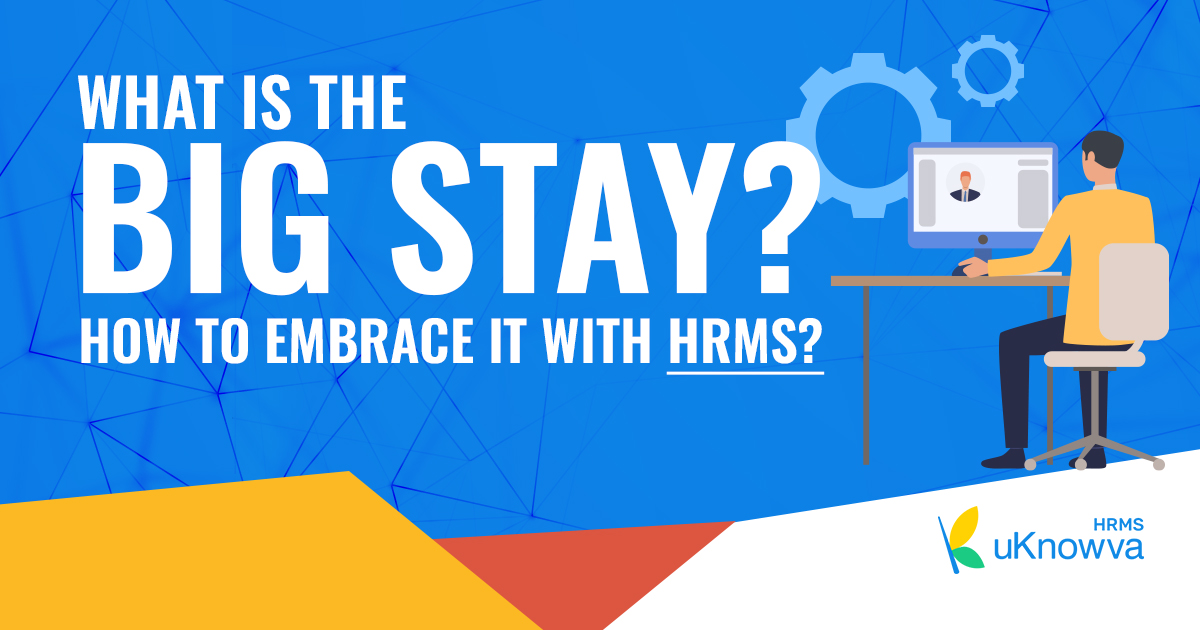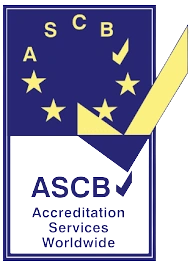Table of Content
- Introduction
- Definition of the Big Stay
- Origins of the Concept
- The Difference Between Big Stay and Big Quit
- Why is the Big Stay Important for Organisations?
- Challenges in Embracing the Big Stay
- Role of HRMS in Supporting the Big Stay
- How to Use HRMS to Incorporate the Big Stay?
- Best Practices for Organisations Adopting HRMS
- Conclusion
- FAQs on the Big Stay
Introduction
The evolving workplace trends have taken a toll on the business world, One shift gaining momentum is The Big Stay over.
The past few years have taken us on a rollercoaster ride—from the chaos of the Great Resignation to the quiet shifts that define today’s workforce.
This term represents employees’ renewed focus on staying committed to their current organisations.
It’s no longer just about career moves; it’s about building careers where they are.
Companies must adopt tools like smart HRMS (Human Resource Management Systems) to capitalise on this trend to foster retention and growth.

Definition of the Big Stay
The Big Stay encapsulates employees’ decision to prioritise loyalty to their current employers.
This trend reflects stability and commitment amidst economic uncertainties and changing workplace priorities.
Employees are now looking beyond job-hopping and focusing on workplace satisfaction and professional growth.
Origins of the Concept
This idea took root during and after the Great Resignation. After waves of workers left their jobs searching for better opportunities, many discovered the grass isn’t always greener.
Instead, factors like job security, workplace culture, and personal well-being brought focus back to retaining current roles.
The Difference Between Big Stay and Big Quit
Unlike the Great Resignation or the Big Quit, which emphasised exits and instability, the Big Stay centres on retention and fostering strong employee-employer relationships.
It highlights a win-win for businesses and their workforce—organisational stability and employee satisfaction.
Why is the Big Stay Important for Organisations?
- Addressing Employee Retention
Retention is the biggest challenge businesses face today. Recruitment and training of new employees is time-consuming and expensive.
The Big Stay reduces turnover, allowing companies to allocate resources to growth rather than recovery.
- Impacts on Business Growth
Long-term employees bring institutional knowledge and experience. This leads to better problem-solving, higher productivity, and consistent output, which are critical for scaling operations.
- Building a Loyal Workforce
Employees who stay are more likely to develop emotional investments in their roles and the organisation. This loyalty drives a stronger sense of responsibility and a collaborative workplace atmosphere.
Challenges in Embracing the Big Stay
- Employee Expectations and Needs
Modern employees expect more than a paycheck.
They want flexible schedules, career development opportunities, and workplaces that align with their values.
Meeting these demands can be a challenge but is essential for fostering loyalty.
- Balancing Flexibility with Productivity
While flexibility improves satisfaction, it requires robust systems to ensure accountability. Without proper tools, businesses risk drops in performance or team cohesion.
- Technology Gaps in HR Management
Organisations relying on outdated HR tools struggle to manage complex workforce needs. This is where an AI-driven and EI-powered HRMS plays a pivotal role in bridging these gaps.
Role of HRMS in Supporting the Big Stay
- Centralised Employee Data
A smart and scalable HRMS serves as a single source of truth for employee information.
By centralising data, companies can easily track performance, assess satisfaction, and offer personalised solutions.
- Seamless Communication and Collaboration
Modern HRMS platforms like uKnowva HRMS streamlines communication in a single interface.
Whether through internal chat systems or shared dashboards, these tools ensure that employees remain connected to one another, despite the hierarchical nature of the organisation.
- Advanced Analytics for Retention Strategies
Our HRMS comes with analytics tools that help predict hidden trends and behaviour patterns. This includes capturing employee turnover rates or attrition hikes based on seasons or any other evident reasons.
Businesses leverage this data to design proactive strategies, such as tailored agile career paths or mentorship programs.
How to Use HRMS to Incorporate the Big Stay?
- Enhancing Employee Experience
First impressions matter, and HRMS can ensure new hires feel welcomed and valued. Tailored onboarding plans provide clarity and reduce initial stress, making employees more likely to stay.
An engaged workforce thrives on feedback. HRMS tools offer real-time feedback channels, enabling transparent communication and faster resolution of concerns.
- Offering Flexibility with Automation
Our HRMS supports hybrid and remote work environments with automated attendance tracking, ensuring fairness and accountability without micromanaging.
Simplifying leave requests and approvals creates a smoother employee experience. An automated system reduces frustration and saves HR teams valuable time.
- Training and Development Opportunities
Employees want to grow, and providing easy access to online training helps them stay engaged and skilled. Our HRMS integrates e-learning options to make upskilling seamless.
With integrated performance tools, employees receive actionable insights into their strengths and areas for improvement, keeping them motivated and aligned with organisational goals.
Best Practices for Organisations Adopting HRMS
- Choosing the Right HRMS
Not all HRMS platforms are created equal. Companies should select solutions that match their size, needs, and growth aspirations. Features like user-friendliness, and analysing capabilities are essential.
- Aligning Technology with Culture
Technology should enhance, not replace, human interactions. Organisations must ensure HRMS tools align with their workplace culture to maintain authenticity and trust
- Regularly Updating HR Policies
Adopting HRMS is just the start. Regularly visiting and updating HR policies to ensure they remain relevant with the changing workforce dynamics.
Future of the Big Stay and HRMS
Artificial intelligence and predictive analytics are reshaping HRMS. Features like AI-based employee sentiment analysis and gamified engagement tools will dominate retention strategies.
As Gen Z and millennials dominate the workforce, the focus will increasingly shift to flexibility, mental health, and personalisation—all of which HRMS can support.
Conclusion
The Big Stay is more than a workplace buzzword—it’s a movement towards stability and mutual growth.
By integrating uKnowva HRMS into their strategies, companies can create environments where employees feel valued, engaged, and motivated to stick around. Ultimately.
FAQs on the Big Stay
-
Why are employees staying longer in their jobs?
Employees are staying due to several factors, such as economic uncertainties, improved workplace conditions, flexibility, career development opportunities.
-
How can companies benefit from the Big Stay?
Organisations can benefit from reduced turnover costs, improved employee loyalty, enhanced productivity, and the retention of institutional knowledge, all of which contribute to sustainable business growth.












